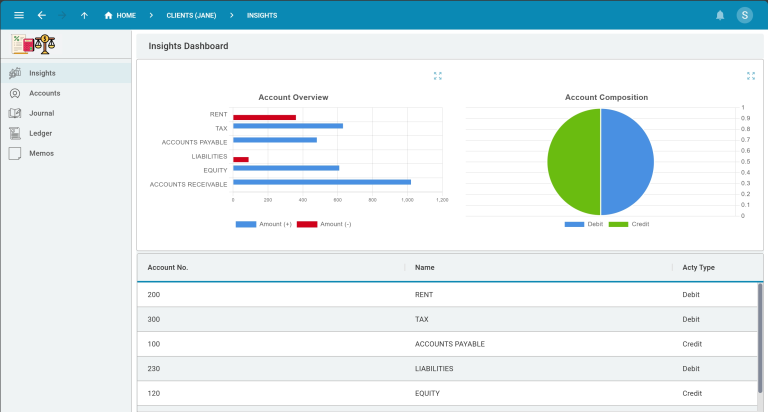SQL Division Explained
Ever wondered how many times a product fits into your total inventory, or how much average revenue each customer generates? SQL division will help you find out.
SQL, or Structured Query Language, is the language you use to interact with relational databases. Division, represented by the forward slash (/), allows you to calculate quotients, essentially revealing how many times one numerical value goes into another. This seemingly simple operation forms the backbone for countless data analysis tasks.
By mastering SQL division, you’ll be able to:
- Analyze Ratios and Proportions: Compare quantities, calculate profit margins, and identify trends.
- Derive Averages: Find average order value, customer lifetime value, and other key metrics.
- Perform Unit Conversions: Convert between different units of measurement for seamless data manipulation.
Understanding the SQL Division Operator (/)
The division operator in SQL, represented by a forward slash (/), is fundamental for performing arithmetic operations between numeric expressions or columns in a database. However, mastering its use requires understanding some unique behaviors, especially when dealing with integers.
Key Characteristics of SQL Division
- Basic Division: In SQL, the division operator is straightforward. It divides one numeric expression by another.
SELECT 20 / 4 AS result;
-- Output: 5- Integer Division: A critical aspect to note is how SQL handles division when both operands are integers. SQL performs integer division, meaning it truncates any decimal portion of the result.
SELECT 10 / 3 AS result;
-- Output: 3In this example, 10 divided by 3 equals 3.333, but SQL discards the decimal part, returning only the integer portion (3).
Avoiding Pitfalls with Integer Division
When performing division in SQL, the type of your operands significantly influences the result. To ensure accurate calculations, especially where precision matters, consider the following strategies:
- Use Floating-Point Numbers: Convert integers to floating-point numbers to retain the decimal portion of the result.
SELECT 10.0 / 3.0 AS result;
-- Output: 3.3333...- Cast Operands to Float: Explicitly casting integer operands to floating-point types can achieve the same effect.
SELECT CAST(10 AS FLOAT) / CAST(3 AS FLOAT) AS result;
-- Output: 3.3333...- Handle Division by Zero: SQL will throw an error if you attempt to divide by zero. Always ensure the denominator is non-zero.
SELECT CASE
WHEN denominator = 0 THEN 'Error: Division by zero'
ELSE numerator / denominator
END AS result
FROM your_table;These behaviors might differ from what you’re used to in other software like spreadsheets. Understanding these distinction is essential to avoid unexpected results in your SQL analysis.
SQL Division in Action with Five
Now that you’ve grasped SQL division, let’s explore how it translates into real-world applications. Imagine you’ve built a web application using a platform like Five (or a web development framework) that connects to your own relational database. This database might hold valuable data on customer orders, product inventory, or website traffic.
Real-World Applications of SQL Division
By using SQL division within your queries, you can use insights to populate data dashboards within your web application:
Analyzing Sales Performance: Lets say you have a web application that tracks customer orders. By using SQL division, you can calculate the average order value, a critical metric for understanding sales trends.
SELECT total_revenue / total_orders AS average_order_value
FROM sales_data;In your Five-built application, this query can help populate a dashboard, giving you real-time insights into your sales performance and helping you identify areas for improvement.
Inventory Management: Efficient inventory management is crucial for any business. SQL division can help you determine how long your current stock will last based on average daily sales.
SELECT total_stock / average_daily_sales AS days_of_inventory
FROM inventory_data;Integrate this query into your Five application to help create a dynamic application that informs your restocking decisions, ensuring you never run out of products.
These are just a few examples of how SQL division helps you to extract meaningful information from your database.
If you’re learning about SQL division, Five is the perfect platform to practice your SQL skills. With Five, you can rapidly develop applications, using its intuitive visual database builder to create and manage MySQL databases effortlessly, eliminating the need for spreadsheet data analysis.
Five offers comprehensive features, allowing you to build on any data source, write SQL queries, and create interactive charts, dashboards, and reports, making data integration easy.
Further Practical Examples
Let’s see some further practical scenarios where understanding SQL division is crucial:
Example 1: Calculating Average
SELECT AVG(score) AS average_score
FROM student_scores;Example 2: Ratio of Two Columns
SELECT total_sales / total_orders AS sales_per_order
FROM sales_data;Example 3: Converting to Floating-Point for Accurate Results
SELECT CAST(total_sales AS FLOAT) / CAST(total_orders AS FLOAT) AS sales_per_order
FROM sales_data;Conclusion
Understanding the intricacies of SQL division is crucial for accurate data analysis. By using decimal data types and using the CAST function, you can ensure precise calculations and avoid common pitfalls like integer division and division by zero.
By using Five, you can integrate these insights into your web applications, driving data-driven decisions and enhancing your business operations. Whether you’re analyzing sales performance or managing inventory, Five provides all the features you need to rapidly build and deploy modern, data-driven business applications.


